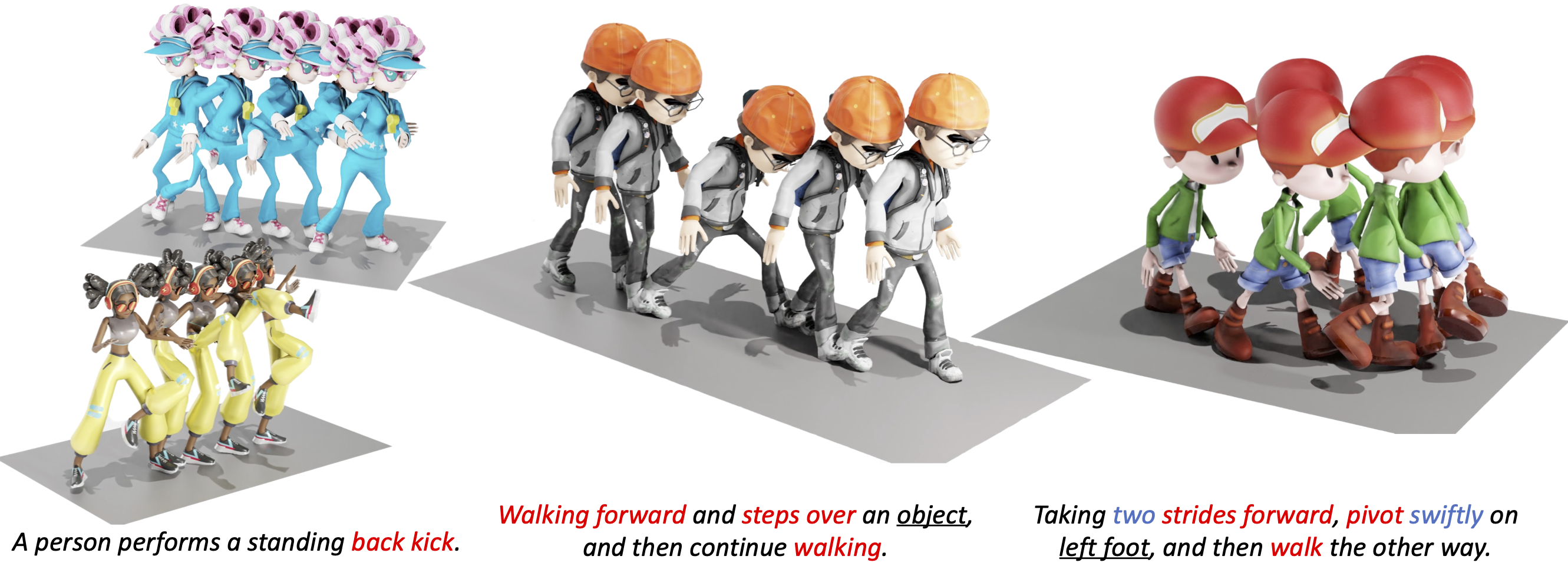This is cool, from a digital visuals perspective, because it is building out a very detailed library of human behaviors to model after. A richer catalog provides a lot more potential for engines that want to render more complex human behaviors.
But its also kinda... illustrative of the soft upper limits of generative AI, as this is still ultimately a discrete (and presumably fairly limited) library of motions that will result in visually distinct characters all falling into the same set of physical behaviors. Both a small rambunctious boy and an elderly infirm woman crossing a gap in the pavement in the same way isn't realistic. And while you can solve this by adding more data points, you're still having all small rambunctious boys and all elderly infirm women crossing the gap in the pavement in the same way. And while you can solve this by adding variations... how much modeling are you really willing to do for sufficient variance? Idk.
We get generative in the sense that we can reskin a stick-figure model very quickly using a catalog of behaviors. But we don't get generative in the sense that the computer understands the biomechanics of a human body and can create these stick-figure models in believable states.
